Trina Solar presented a new perovskite-silicon tandem solar module prototype last week during the SNEC International Photovoltaic Power Generation and Smart Energy Exhibition in Shanghai, China.
The panel has an overall module efficiency of 27.1% and is based on 210 mm tandem cells. Trina said it used low-temperature connection technology to achieve higher optical utilization and reduce resistance loss.
The manufacturer said the new product’s temperature coefficient is 20% lower than that of heterojunction modules.
More technical details on the prototype were not disclosed.
In March, Trina Solar’s National Key Laboratory of Photovoltaic Science and Technology said its newly developed perovskite-polysilicon tandem module had achieved a peak power output of 808 W in testing conducted by TÜV SÜD.
The module, built on a 210 mm silicon wafer and measuring 3.1 m², was the first industrial-standard PV module globally to surpass 800 W, the manufacturer said at the time, without providing further details.
The company also said in April that it had reached 31.1% efficiency in a 210 mm industrial-size perovskite-silicon cell. A few days before SNEC, it said it achieved 30.6% efficiency in a 1,185 cm² tandem module.
This content is protected by copyright and may not be reused. If you want to cooperate with us and would like to reuse some of our content, please contact: editors@pv-magazine.com.
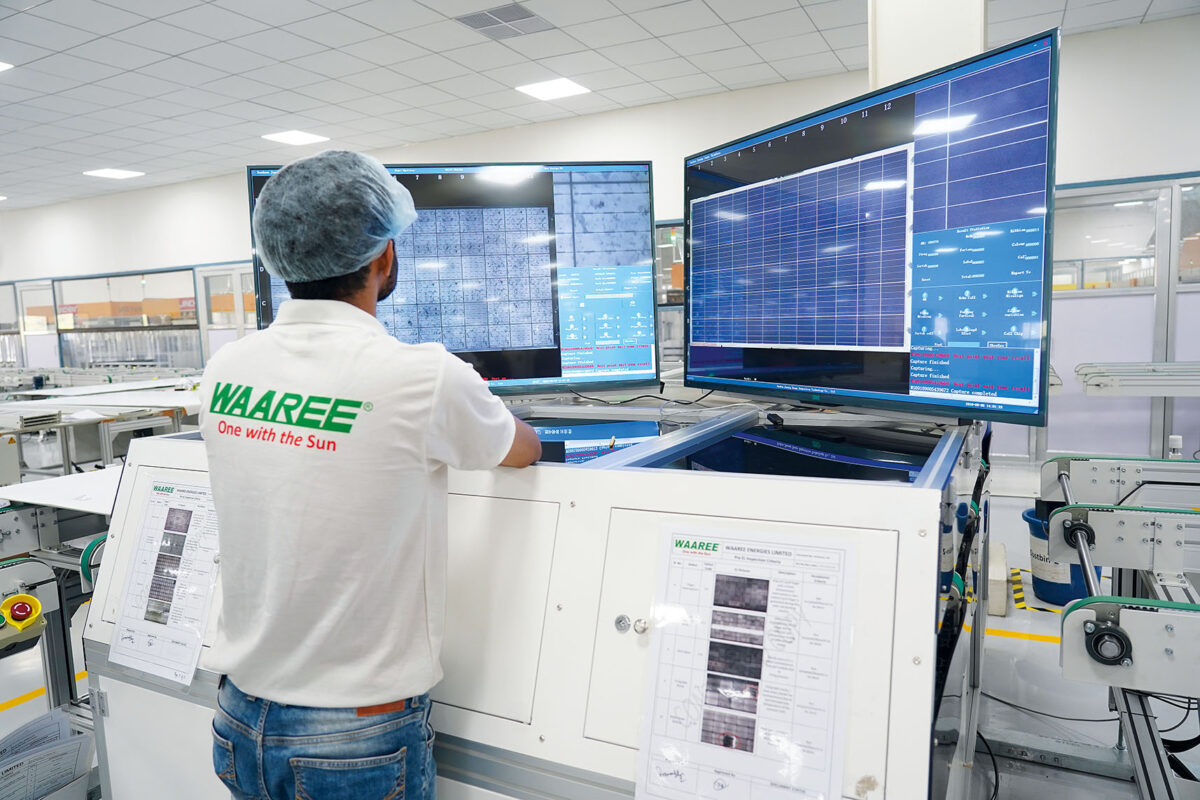

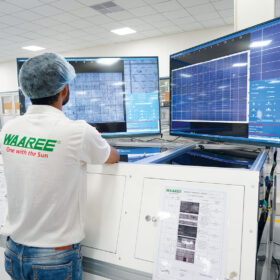
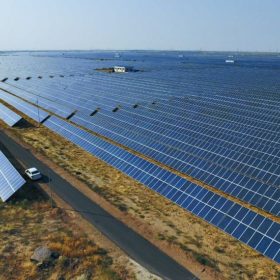

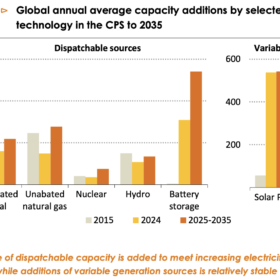
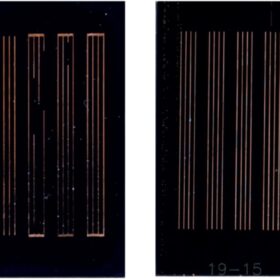
By submitting this form you agree to pv magazine using your data for the purposes of publishing your comment.
Your personal data will only be disclosed or otherwise transmitted to third parties for the purposes of spam filtering or if this is necessary for technical maintenance of the website. Any other transfer to third parties will not take place unless this is justified on the basis of applicable data protection regulations or if pv magazine is legally obliged to do so.
You may revoke this consent at any time with effect for the future, in which case your personal data will be deleted immediately. Otherwise, your data will be deleted if pv magazine has processed your request or the purpose of data storage is fulfilled.
Further information on data privacy can be found in our Data Protection Policy.